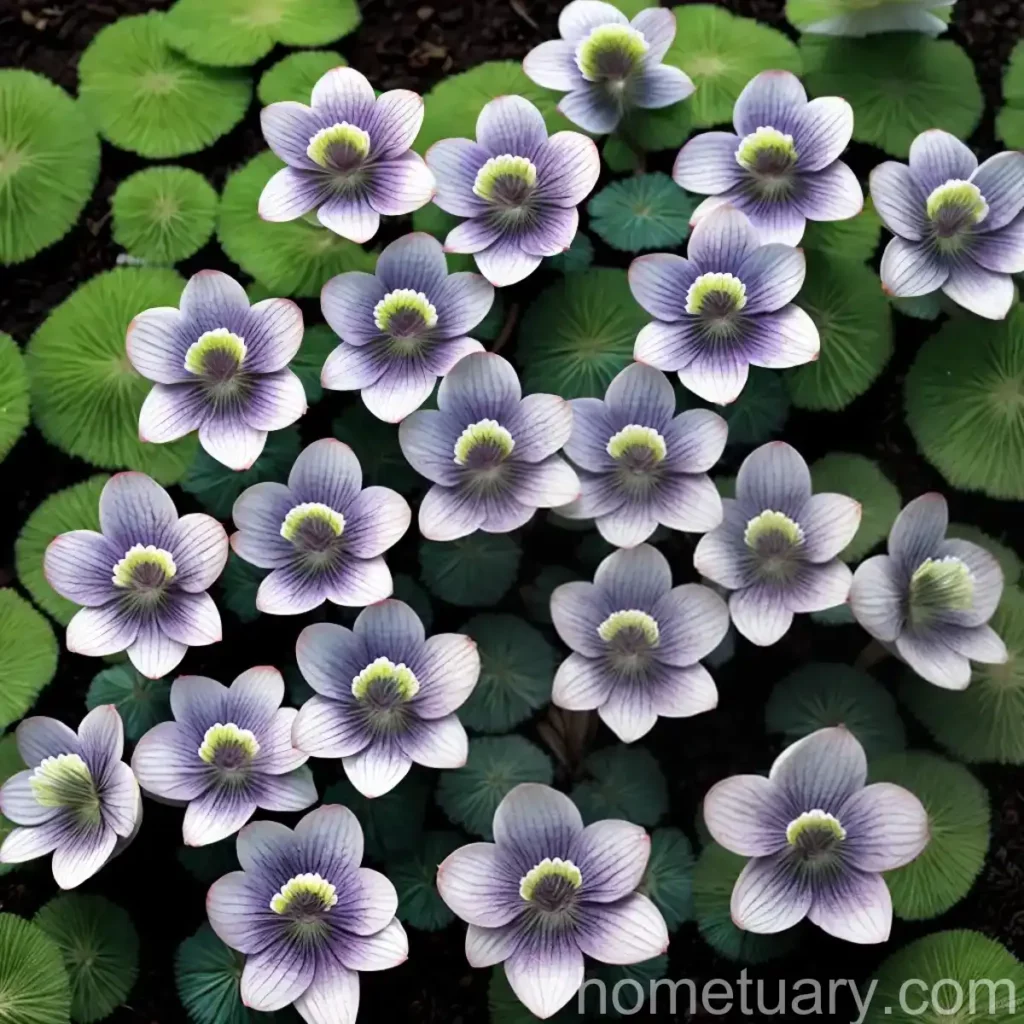Plant Guide: Hepatica (Hepatica transsilvanica)
Hepatica, botanically known as Hepatica transsilvanica, is a remarkable perennial plant that belongs to the Ranunculaceae family. This article will serve as a comprehensive guide for cultivating and caring for hepatica plants. We will explore its cultural significance, uses, and the various factors involved in providing the optimal conditions for its growth.
What is Hepatica (Hepatica transsilvanica)?
Hepatica transsilvanica, commonly known as hepatica, liverwort, or liverleaf, is a species of flowering plant native to the woodlands and meadows of Europe. It is renowned for its delicate, colorful blooms, which emerge in early spring, making it a prized addition to shaded garden areas.
Key Takeaways – Hepatica (Hepatica transsilvanica)
- Plant Name: Hepatica (Hepatica transsilvanica)
- Family: Ranunculaceae
- Common Names: Liverwort, Liverleaf
- Native Habitat: Woodlands and Meadows of Europe
- Flowering Season: Early Spring
- Significance: Ornamental, Medicinal
- Growth Pattern: Perennial
Culture
The cultivation of hepatica involves understanding its unique preferences for water, sunlight, soil, and other environmental factors. By providing the right cultural conditions, one can ensure the healthy growth and development of this exquisite plant.
Uses
Hepatica possesses both ornamental and medicinal value, making it an intriguing plant with versatile uses.
- Ornamental: Its charming flowers and distinct foliage make hepatica an excellent choice for shaded gardens and woodland landscapes.
- Medicinal: In traditional medicine, hepatica has been used for its purported medicinal properties, particularly in addressing liver-related ailments.
Water
Proper watering is essential for ensuring the well-being of hepatica plants. Maintaining an optimal moisture level in the soil is crucial to prevent water-related stress.
Watering Needs
- Hepatica plants prefer consistently moist soil during the growing season.
- It is important to avoid overwatering, as excessive moisture can lead to root rot.
Sunlight
As a woodland plant, hepatica thrives in shaded conditions and has specific requirements regarding sunlight exposure.
Sunlight Requirements
- Partial to full shade is ideal for hepatica plants, protecting them from intense sunlight.
Fertilizer
Fertilization plays a significant role in promoting healthy growth and blooming in hepatica plants.
Fertilization Tips
- Use a balanced, organic fertilizer to provide essential nutrients without overwhelming the plant.
- Apply the fertilizer in early spring when the plant begins active growth.
Soil
Understanding the soil preferences of hepatica is essential for establishing an ideal growing environment.
Soil Requirements
- Well-draining, organically rich soil with a slightly acidic to neutral pH is best suited for hepatica plants.
- Incorporating organic matter into the soil can enhance its texture and fertility, promoting optimal growth.
Pruning
Pruning is an important aspect of hepatica care, contributing to the plant’s overall health and appearance.
Pruning Guidelines
- Remove any faded or damaged foliage to maintain the plant’s vigor.
- Avoid extensive pruning, as hepatica plants prefer minimal disturbance to their root systems.
Propagation
The propagation of hepatica involves various methods to create new plants and expand their presence in a garden or natural setting.
Methods of Propagation
- Seed Propagation: Growing hepatica from seeds allows for genetic diversity and the introduction of new varieties.
- Division: Division of mature hepatica plants is a reliable method for creating additional plants and rejuvenating established clumps.
Container Popularity
Hepatica’s compact growth habit and enchanting blooms make it an excellent choice for container gardening.
Common Diseases
While hepatica is generally resilient, it can be susceptible to certain diseases and pests that can impact its health and appearance.
Disease Diagnosis
- Look for signs of fungal infections, such as powdery mildew or leaf spot, which can affect hepatica foliage.
- Proper air circulation and soil drainage can help prevent disease development.
Common Pests
Despite its resistance to many pests, hepatica may occasionally face challenges from certain insects and small animals.
Botanist’s Tips
- Hepatica plants can be integrated into various garden designs, including woodland, rock, and alpine gardens.
- Companion planting with shade-loving perennials can enhance the aesthetic appeal of hepatica displays.
- The naturalizing tendency of hepatica makes it an excellent choice for creating beautiful ground cover in shaded areas.
Fun Facts
- The name “hepatica” is derived from the Greek word “hepar,” meaning liver, alluding to the plant’s three-lobed leaf shape, resembling the human liver.
- Hepatica flowers come in a range of hues, including shades of blue, pink, and white, contributing to their visual allure in spring gardens.
Links to External Resources
- Hepatica: A Gardener’s Guide
- Hepatica Transsilvanica: The Royal Botanic Garden Edinburgh
- Botanical Society of Britain & Ireland: Hepatica
- Medicinal Properties of Hepatica
In conclusion, hepatica (Hepatica transsilvanica) stands out as a captivating and resilient plant with distinctive characteristics that make it a valuable addition to diverse garden settings. By understanding and following the guidelines provided in this comprehensive plant guide, you can embark on a rewarding journey of cultivating and appreciating the beauty of hepatica in your own botanical realm.















